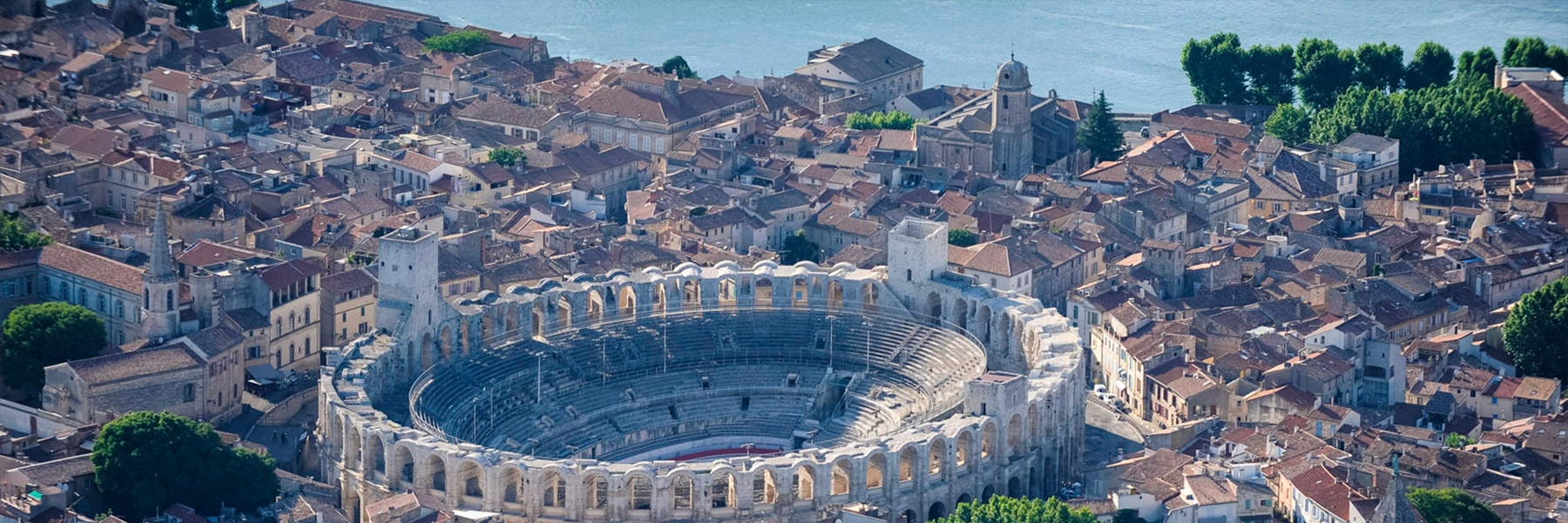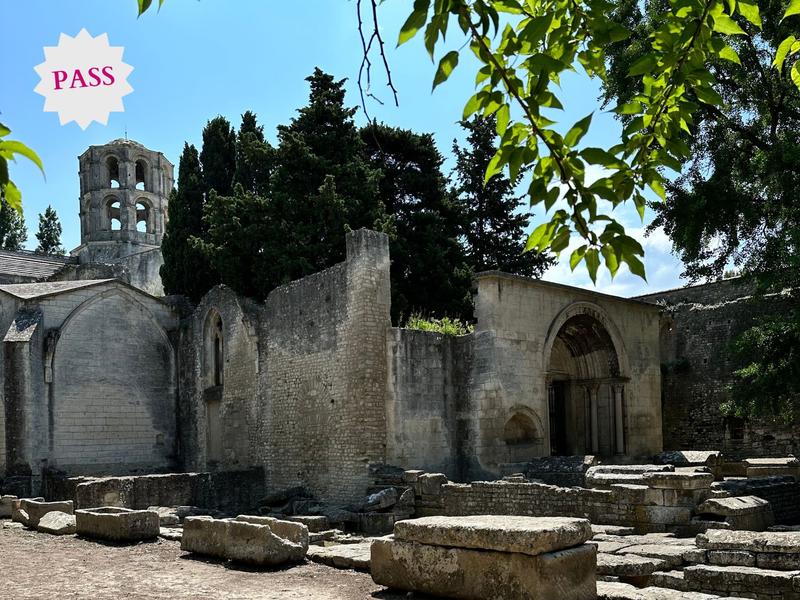La nécropole des Alyscamps
The Alyscamps, a Christian necropolis listed as a UNESCO World Heritage Site, offers a shady walk along an alley lined with remarkable sarcophagi. They were painted by Vincent Van Gogh and Paul Gauguin in autumn 1888.
This emblematic site, immortalised by Vincent Van Gogh in his works, is a veritable treasure trove of Provence. With every step you take between the majestic rows of slender cypress trees, you'll feel the evocative power of this place steeped in history.
Les Alyscamps is much more than just a Roman cemetery. History lovers will find an avenue of sarcophagi and chapels. Pilgrims will find the starting point of the Arles Way (a UNESCO World Heritage Site) to Santiago de Compostela. And everyone will find a haven of tranquillity, where time seems to stand still.
With Luma Arles and Frank Ghery's modern Tower looming in the background, Les Alyscamps is a testament to the link between past and present, a place where history, art and nature blend harmoniously. To visit this site is to immerse yourself in a unique experience, where the soul of the place is revealed to those who take the time to explore it.
To make the most of your visit, we recommend buying a pass (available from our online ticket office), which will enable you to visit the city's various museums and monuments more economically. Guided tours and cultural events take place during each school holiday.
Please note that although most of the site is accessible to people with reduced mobility, some areas may be difficult to access.
This emblematic site, immortalised by Vincent Van Gogh in his works, is a veritable treasure trove of Provence. With every step you take between the majestic rows of slender cypress trees, you'll feel the evocative power of this place steeped in history.
Les Alyscamps is much more than just a Roman cemetery. History lovers will find an avenue of sarcophagi and chapels. Pilgrims will find the starting point of the Arles Way (a UNESCO World Heritage Site) to Santiago de Compostela. And everyone will find a haven of tranquillity, where time seems to stand still.
With Luma Arles and Frank Ghery's modern Tower looming in the background, Les Alyscamps is a testament to the link between past and present, a place where history, art and nature blend harmoniously. To visit this site is to immerse yourself in a unique experience, where the soul of the place is revealed to those who take the time to explore it.
To make the most of your visit, we recommend buying a pass (available from our online ticket office), which will enable you to visit the city's various museums and monuments more economically. Guided tours and cultural events take place during each school holiday.
Please note that although most of the site is accessible to people with reduced mobility, some areas may be difficult to access.
Équipements :
- Car park
- Coach parking
- Parking nearby
Complément :
Clientèle :
- Groups
Ouverture
From 01/03 to 30/04, daily between 9 am and 6 pm.From 01/05 to 30/09, daily between 9 am and 7 pm.
Closed exceptionally on May 1st.
From 01/10 to 31/10, daily between 9 am and 6 pm.
From 02/11 to 01/03, daily between 10.30 am and 4.30 pm.
Closed exceptionally on January 1st and December 25th.
Last entry 16h.
Tarifs
Full price: 5 €Reduced price: 4 €.
Situation
Town locationVoir aussi

